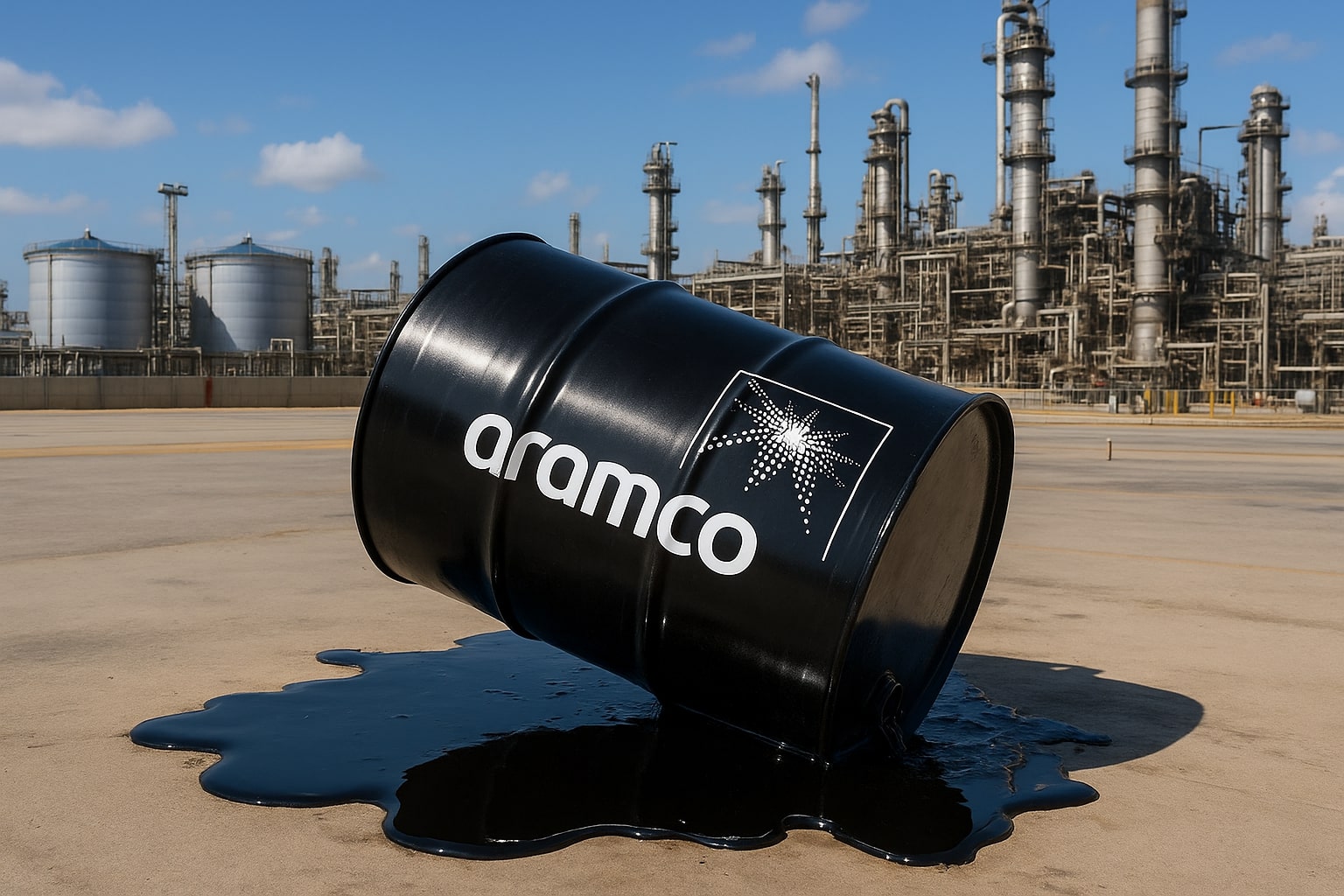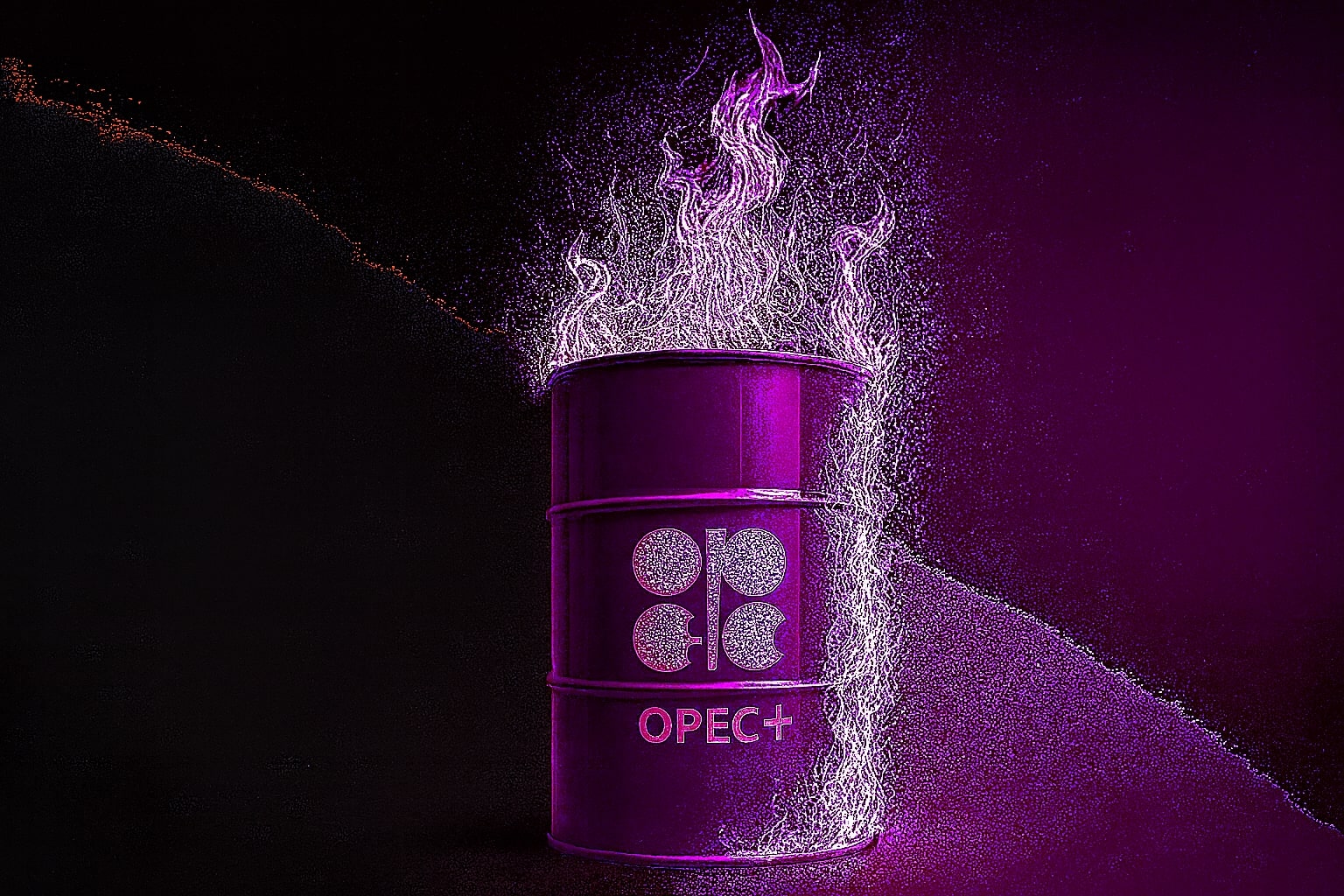Discovery at Bumerangue Bolsters BP’s Deepwater Credentials
BP’s announcement of its largest find in more than 20 years at the Bumerangue prospect in Brazil’s Santos Basin represents a potential game-changer for the supermajor’s upstream trajectory. The Valaris DS-15 drillship pierced 2,372 meters of water and drilled to 5,855 meters total depth, unearthing a 500-meter gross hydrocarbon column across high-quality pre-salt carbonate reservoirs that stretch over 300 square kilometers. While rig-site analyses affirmed significant oil shows alongside elevated CO₂, laboratory assays will refine estimates of fluid API gravity and reservoir deliverability. BP holds 100% of the block under terms granting 80% cost oil and 5.9% profit oil, and this discovery marks the tenth hydrocarbon find for the company in 2025—joining Trinidad, Egypt, the Gulf of Mexico, Libya, Namibia and another Brazilian play, Alto de Cabo Frio Central. Moving forward, BP’s planned appraisal wells—subject to regulatory approval—could unlock a new offshore production hub, advancing its goal of reaching 2.3–2.5 mmboed by 2030 and underpinning Brazil’s ascending role in global offshore oil development.
OPEC+ Output Expansion Triggers Downward Pressure on WTI
The recent OPEC+ decision to boost production by 547,000 bpd for September has weighed heavily on WTI (CL=F), which tumbled 1.54% to settle at $66.29. That increment follows a prior August increase and forms part of a broader target to restore 2.5 mmboed, roughly 2.4% of global demand. Hedging that supply impulse, traders now wrestle with whether the $65 per-barrel mark can contain further declines. Memory of that level’s role as a pivot in mid-2025 suggests intra-day battles between bulls and bears. Should WTI breach $65 decisively, attention shifts to potential support at $62, whereas a resilient floor could invite range-trading opportunities between $65 and $68.
Tariff Uncertainties Amplify Brent’s Volatility
President Trump’s threat to impose 100% secondary tariffs on nations importing Russian crude—chiefly India and China—has introduced a new layer of unpredictability into Brent (BZ=F), which slid 1.26% to $68.79. Despite OPEC+ output hikes, diplomatic tensions have stoked concern over Russian supply security. India’s government has reaffirmed contractual commitments for roughly 1.5 mbpd of Russian grades, and China’s foreign ministry declared unwavering energy supply sovereignty. This standoff elevates the risk premium on Brent, pushing the benchmark toward its $70 psychological threshold on sporadic headlines of sanction enforcement or exemptions. Institutional positions in futures markets have ramped up bullish bets by nearly 40,000 contracts in late July, underlining traders’ expectations of tighter effective supply if sanctions bite.
Labor Data Undermines Demand Outlook for Oil
The US July non-farm payroll report stunned markets with only 73,000 jobs added versus a consensus of 110,000, while the unemployment rate ticked up to 4.2%. This shortfall sent the US Dollar and Treasury yields lower, yet signaled broader economic softening that threatens crude consumption growth. CME’s FedWatch tool now prices in an 80.8% chance of a September rate cut, up from 41.2% pre-NFP, implying easier monetary conditions but also a weaker nominal GDP trajectory. Softer business and consumer spending forecasts recalibrate OECD commercial stock build projections higher, pressuring oil demand assumptions for H2 2025.
Technical Landscape for WTI and Brent Prices
WTI finds immediate support at $65, with a 50-day EMA near $66.50 acting as dynamic resistance. A break above $68 could reignite bullish momentum toward $72, aligning with the 100-day EMA and July swing high. For Brent, the confluence of the 50-day EMA at $69.20 and the $70 round-number resistance poses a hurdle; a sustained move above $72 opens the door to $75, while failure to hold $68 risks downshifting toward $66 and the 200-day SMA at $64.
Supply-Demand Equilibrium and Secondary Price Drivers
Global supply now features offsetting tendencies: OPEC+ adds 547,000 bpd, US oil output hit a May record per EIA data, and Russian exports have remained near 7 mbpd despite sanction threats. Conversely, demand risks are elevated by Fed rate cut bets and sluggish US growth forecasts, typified by downgraded capex in industrial sectors. Secondary factors include potential Indian tariffs on US crude exports, disruptions from Venezuela’s 10% July export drop, and Norway’s LNG restart after a three-month maintenance. Taken together, the confluence of rising OECD inventories, DNS disruptions, and geopolitical premiums suggests a market struggling for directional conviction.
Recommendation on WTI and Brent Positions
Given the ongoing OPEC+ output expansion, muted demand signals from US labor softness, and tariff-driven supply uncertainties, a neutral-to-bearish bias is warranted for WTI (CL=F) at current levels around $66.25. A conservative approach favors waiting for confirmation of support at $65 before considering long exposures, while short positions can be initiated on a breach of that floor targeting $62. For Brent (BZ=F) trading near $68.80, holding off on new long entries until a clear move above $70 is advisable; failure to defend $68 exposes a slide toward $66 and potentially the $64 zone.




















